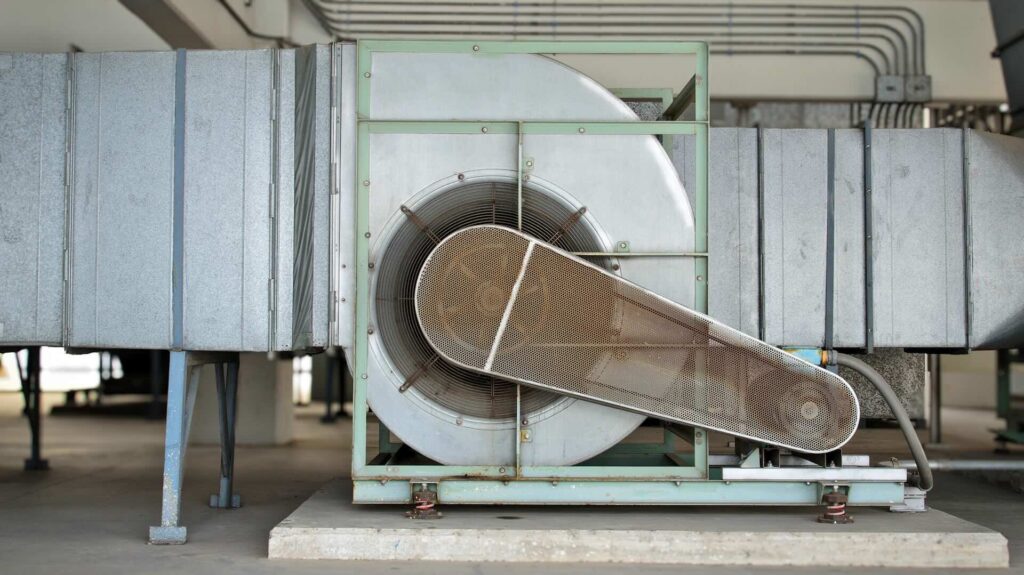A vibration analyst’s day is always unpredictable, but there is a general flow that most of us experience. This blog post shares what a typical day looked like for me while working in the field as a full-time, on-site vibration analyst. 7:00am | Coffee Upon arriving at my office, my day always begins with…
Read More














